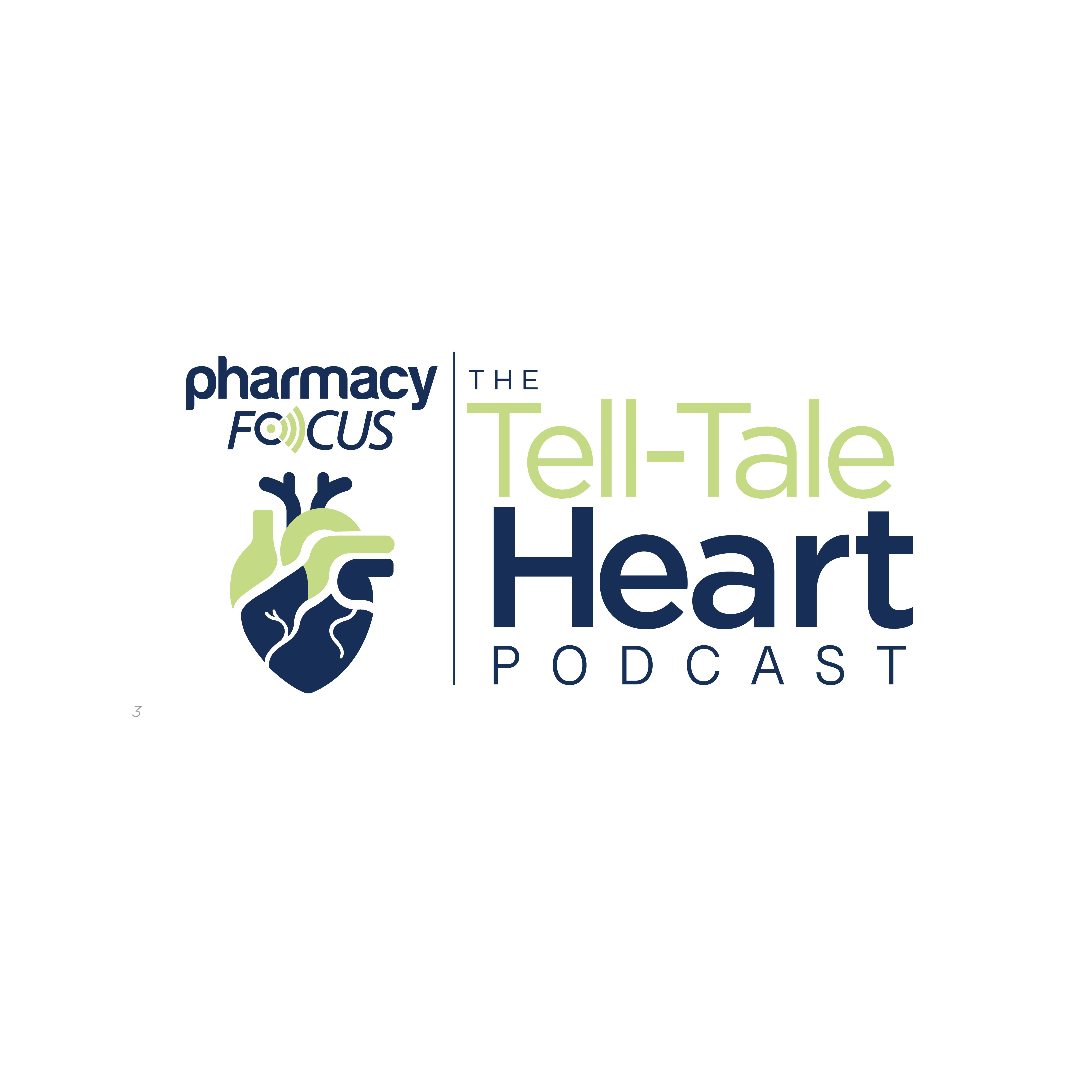
Commentary
Article
The Role of Antivirals in Managing RSV Infections
Author(s):
Antiviral treatments for respiratory viruses such as respiratory syncytial virus (RSV) are crucial, especially with the rise of the "triple-demic."
Development of antiviral treatments to combat viral respiratory infections, such as respiratory syncytial virus (RSV), has advanced in recent decades. According to research published in Pathogens, antiviral therapies are aimed to control infection by interrupting the viral replication cycle at crucial points, decreasing viral load, and mitigating disease progression. Despite recent antiviral advancements, therapies for RSV are limited compared to treatment for other respiratory viruses such as influenza and SARS-CoV-2.1
Antiviral treatments target multiple stages of the viral replication cycle by inhibiting key viral proteins, including those involved in cell entry replication. Additionally, host-directed antivirals provide further protection against viruses by targeting essential cellular components, making it difficult for them to develop resistance and enhances the host’s immune response, according to study authors.1
RSV, influenza, and SARS-CoV-2—known as the “triple-demic"—creates a significant threat to global public health and could present mild to severe infections among high-risk individuals.1 RSV specifically is reported to be the leading cause of acute respiratory tract infections among adults, leading to severe outcomes among high-risk individuals.2 High-risk features include asthma, chronic obstructive pulmonary disease, congestive heart failure, and older age. An estimated 159,000 hospitalizations due to RSV infection occur each year in the US among adults aged 65 years and older. Additionally, prior studies have suggested that 82% to 90% of hospitalizations observed within 28 to 30 days of RSV diagnosis in adults were linked to acute respiratory infections.2,3 However, the use of approved antiviral treatments could combat the respiratory disease.1
Ribavirin (Virazole; Bausch Health) is an FDA approved antiviral for RSV and is intended to treat high risk individuals, including older adults who are hospitalized due to infection. The role of ribavirin is to increase the mutation rate of the viral polymerase during RSV replication, which impacts the production of the virus. The antiviral is available as an inhalation, capsule, tablet, or liquid; however, oral ribavirin is commonly used to treat RSV among immunosuppressed individuals.4 Among those treated with ribavirin, adverse effects, including skin rash, itching or hives, breathing problems, chest pain, fever, seizures, unusual blood pressure or heart rate, fatigue, and bluish color lips or nail beds, could occur.5
An additional monoclonal antibody, nirsevimab (Beyfortus; AstraZeneca and Sanofi) was approved by the FDA in 2023, for the prevention of lower respiratory tract infection among infants 8 months or younger and children up to 24 months of age with an increased risk of RSV. Nirsevimab targets the RSV protein F and aims to reduce the virus’s entry into cells.1
The study authors noted that clinical trials testing different antivirals for RSV have displayed a lack of efficacy in real-world settings due to cancellations caused from low participation and safety concerns. However, various antiviral compounds are being developed at different clinical stages.1
Additionally, as a ribonucleic acid (RNA) virus, RSV is subject to antiviral resistance because of its high mutation rates and lack of proofreading mechanisms in its replication machinery, according to study authors.1
The development of effective antivirals against respiratory viruses remains a crucial challenge due to rapid viral mutations and the need to ensure safe and accessible treatments, despite the value of existing antivirals in mitigating disease severity. The study authors noted that future research should prioritize a multidisciplinary approach, combining innovative strategies like bioinformatics, drug repurposing, and exploring natural compounds to improve antiviral efficacy and address the evolving threat of respiratory viral infections to global health.1
REFERENCES
1. Advances and Challenges in Antiviral Development for Respiratory Viruses. Pathogens. News release. December 31, 2024. Accessed January 27, 2025. https://www.mdpi.com/2076-0817/14/1/20
2. Hospitalization Following Outpatient Diagnosis of Respiratory Syncytial Virus in Adults. JAMA Network Open. News release. November 19, 2024. Accessed January 27, 2025. https://jamanetwork.com/journals/jamanetworkopen/fullarticle/2826359?resultClick=1
3. One in 20 Adults With RSV Hospitalized, Study Shows. Medpage Today. News release. November 19, 2024. Accessed January 27, 2025. https://www.medpagetoday.com/infectiousdisease/rsv/112999?xid=nl_mpt_DHE_2024-11-19&mh=6d2b5f4f91352444bdf817a9c17750bc&utm_source=Sailthru&utm_medium=email&utm_campaign=Daily%20Headlines%20Evening%20-%20Randomized%202024-11-19&utm_term=NL_Daily_DHE_dual-gmail-definition
4. Oral Ribavirin for the Treatment of Respiratory Syncytial Virus (RSV) and Human Metapneumovirus (hMPV) Infections in Hematology Patients and Stem Cell Transplant (SCT) Recipients at a Nci-Designated Cancer Center. ASTCT. News release. March 2018. Accessed January 27, 2025. https://www.astctjournal.org/article/S1083-8791(17)31368-X/fulltext
5. Ribavirin inhalation. Cleveland Clinic. News release. Accessed January 27, 2025. https://my.clevelandclinic.org/health/drugs/19084-ribavirin-inhalation
2 Commerce Drive
Cranbury, NJ 08512
All rights reserved.






